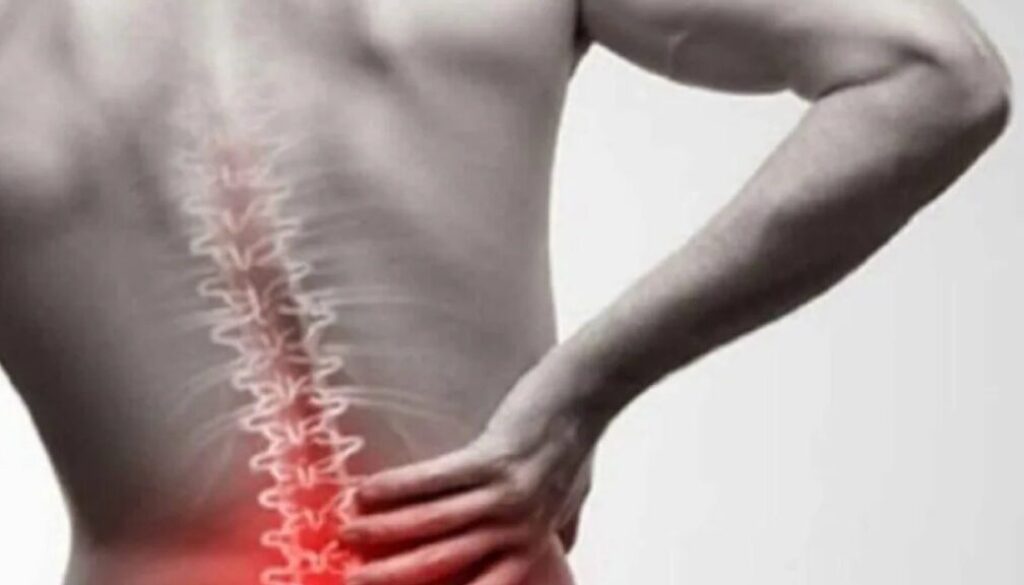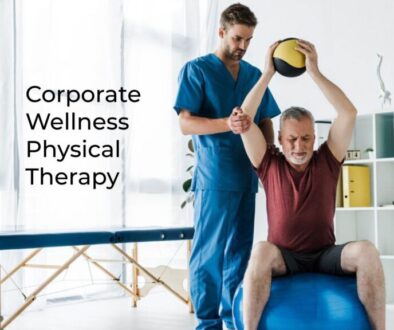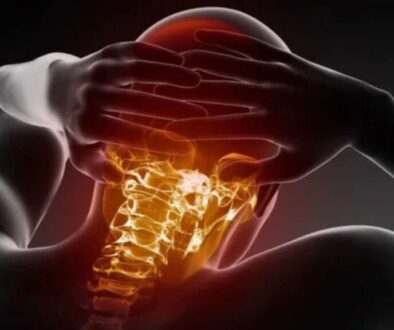Back Ache Relief: 5 Best Exercises to Reduce Pain
BACK ACHE – HERE ARE 5 EXERCISES WHICH CAN HELP RELIEVE UR BACK PAIN
As we become more and more involved with our laptop and mobile screens than ever before, our spine suffers from poor posture, durability, and lack of proper ergonomic support. The complexity of our revised lifestyle has carried our back which leads to an increase in cases of low back pain.

Understanding Back Pain
Back pain can be severe (lasting up to 12 weeks), sub-acute (lasting up to 6 to 12 weeks) or chronic (lasting more than 12 weeks). The most common type of back pain is that which is caused by a type of muscle and is characterized by pain in one or both sides of the lower back. This type of lower back pain is one of the most common medical conditions experienced by people of all ages. Such pain is however easy to prevent and treat as it is caused by abnormal twisting and turning of the back, lifting a heavy object, sudden shock or movement or indulging in things that cause stress in the back.
Behavioral Test of Young People
Many of us live under the mistaken notion that resting and giving back healing will help recover from the pain felt in our back. Doctors often recommend the opposite of encouraging those with back pain to work and let the muscles move in order to find relief from pain. This is also the most effective and cost-effective way to soften and prevent back related issues.
Knee to Side Stretch:

Knee to the chest

Piriformis Stretch
The piriformis is a small muscle in the glutes that runs diagonally. It’s one of the hip’s external rotators, and it can get close if you spend a lot of time sitting, walking, or ascending stairs. The sciatic nerve, which runs through the piriformis, may be irritated by an inflamed piriformis. To do this stretch, lie flat on your back with one knee bent. Cross the opposite leg’s ankle over the bent knee to stretch it. Pull your leg across your chest and keep it there for 30-60 seconds. Replace your legs and repeat the action. For each leg, repeat 3-5 times.

Core Stability – Pelvic Tilt
Lack of basic control and stability is a major factor in lower back pain. When the abdominal muscles do not work, the lumbar spine muscles have to work hard to stabilize the body evenly. A good way to improve basic stability is to lie down on your knees. Tighten the abdominal muscles (as if holding a fist in the abdomen) and press a little back down. Hold this reduction for 10 seconds and repeat 10-20 times. You can have your arms resting on your sides or behind your head, depending on what you are comfortable with. With this extension, it is important to remember to keep your feet down, keep your shoulders pressed down, but relax and do not hold your breath as you do this exercise.

Cobra Pose
In attempting to shape the cobra, one should make sure that they lie on their stomachs and place their hands under the shoulders at the same time to ensure that the thighs are level and the elbows are carefully placed close to the body. Then make sure the toes are firmly attached to the floor to act as supports.
One should start by stretching the arms out while making sure the legs are high. After that the person should move to a place where the body is comfortable in the area of the chimpanzees. While taking the cobra yoga pose, relax the buttocks muscles while pressing the tail bone and pressing the shoulders together. Relax and hold the position for 40 seconds to 2 minutes or as long as possible. Then take a short break and stretch down while breathing deeply.



